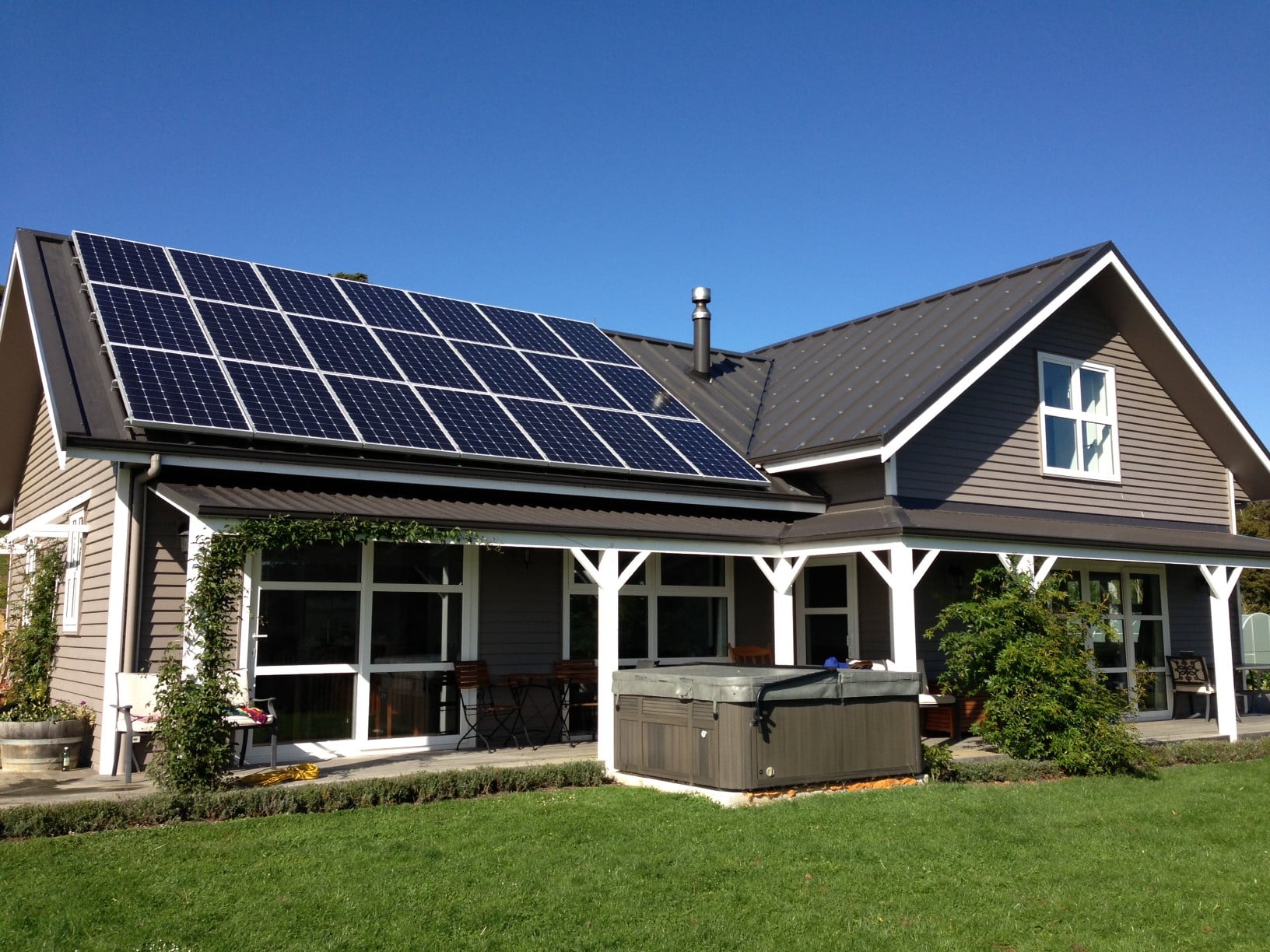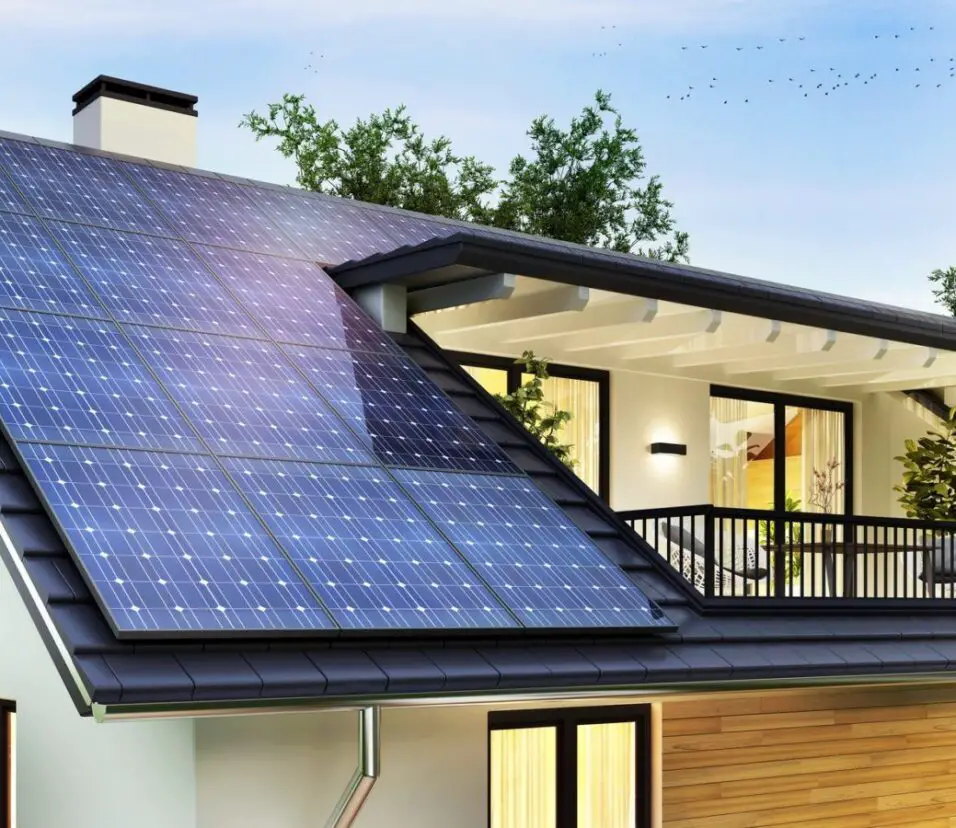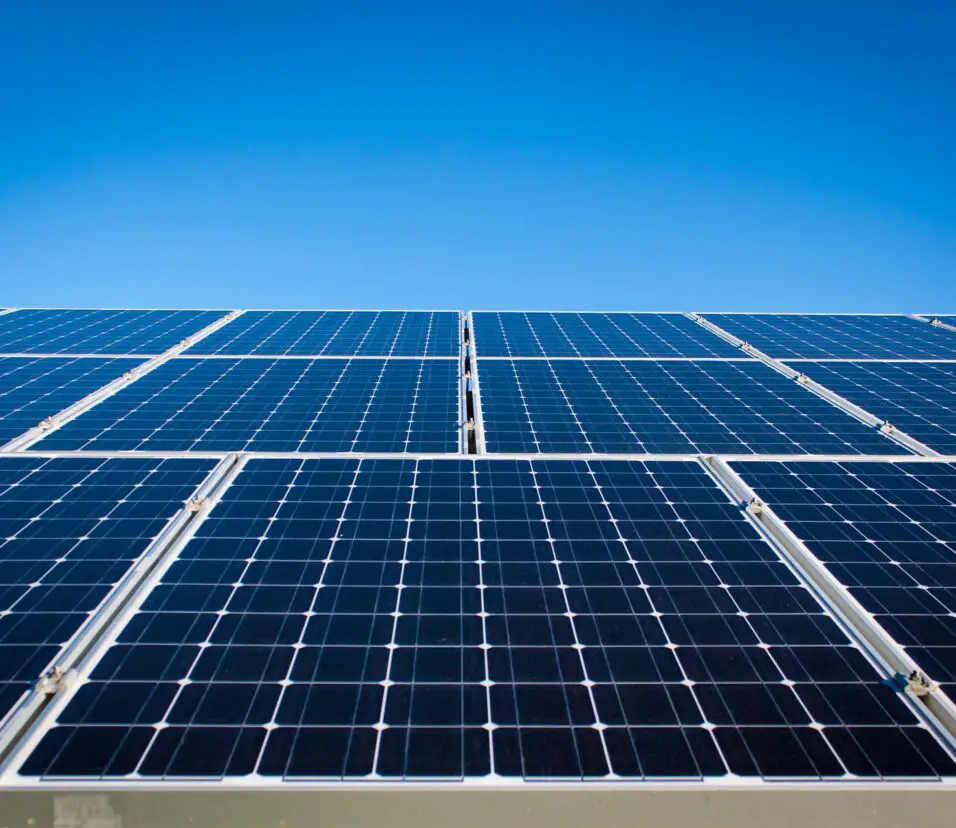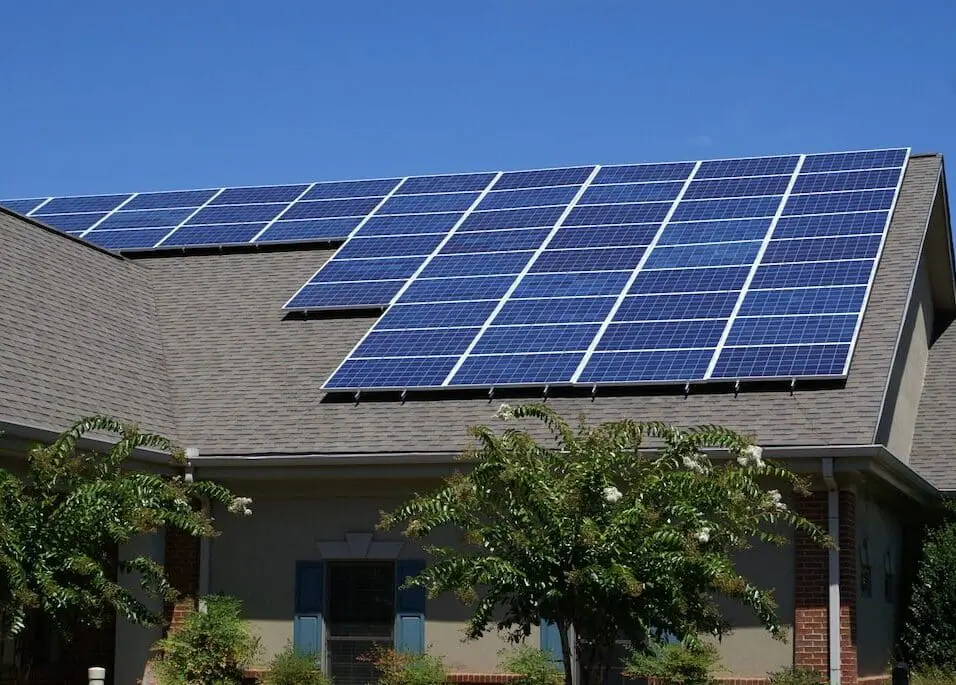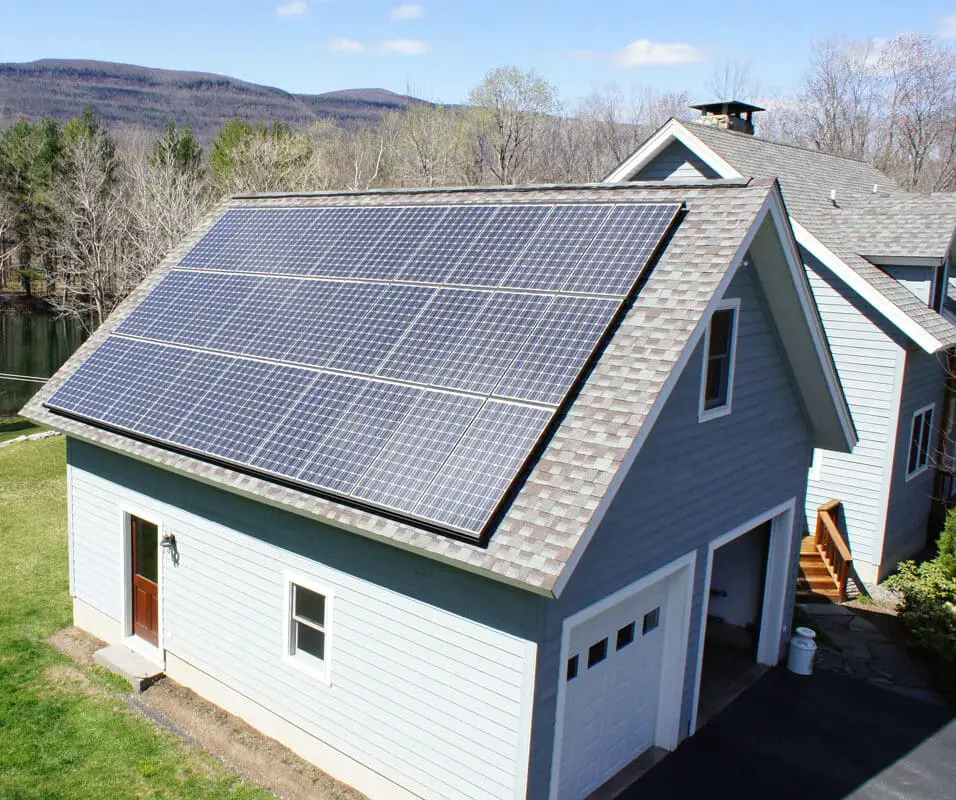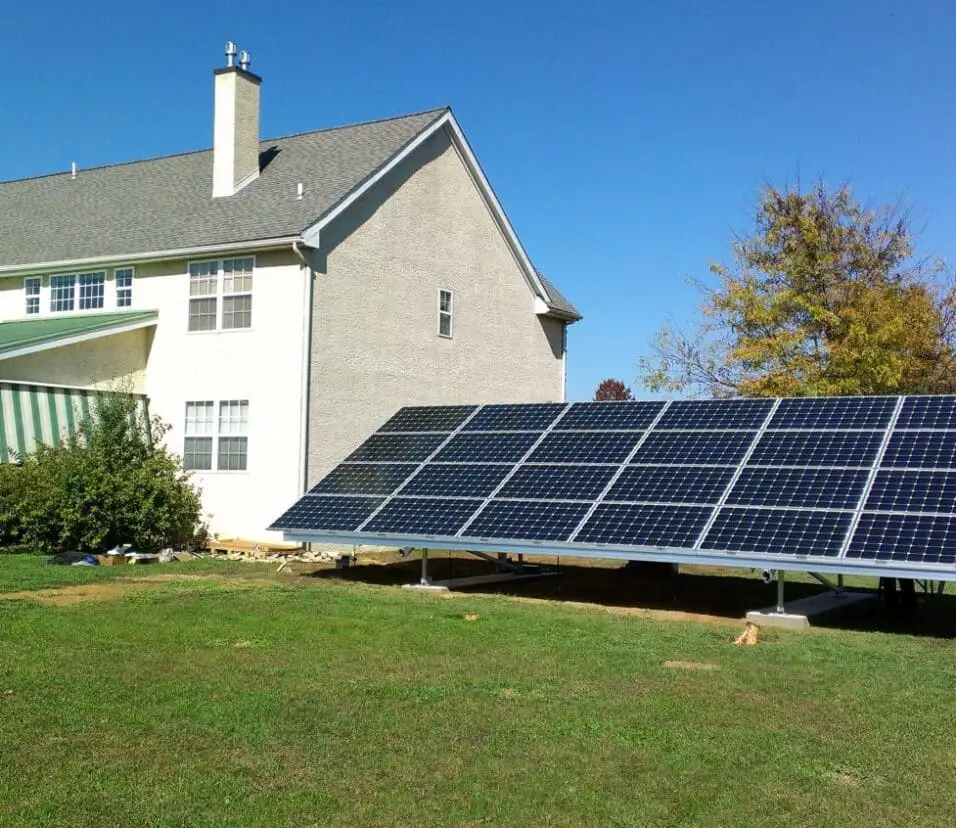How Much Solar Do I Need To Power My House
Introduction
How Much Solar Do I Need To Power My House: The quest for energy independence has inspired countless individuals to explore the potential of solar power for their residential needs. However, the answer to this seemingly simple question is complex, as it involves a careful analysis of various factors that influence a home’s solar capacity. Each home is unique, with its specific energy demands, geographical location, and environmental conditions, necessitating a personalized approach to determine the optimal solar system size.
The technical aspects of solar panel efficiency, the significance of available sunlight hours, and the role of battery storage in maximizing the benefits of solar power. Additionally, we will explore the concept of net metering and how it can turn your home value into a self-sufficient energy hub. The answer to this question is not a one-size-fits-all solution, as each home’s energy consumption and solar potential vary significantly. Several factors come into play, such as geographical location, available rooftop space, the orientation of the panels, energy consumption patterns, and desired energy independence.
Beyond the environmental advantages, solar power offers the potential for substantial cost savings over time. We will discuss the economic considerations associated with transitioning to solar energy and how various financial incentives and government programs can make solar power more accessible and affordable for homeowners. Understanding these factors and evaluating your household’s unique requirements is essential in determining the right solar system size to meet your energy needs efficiently.
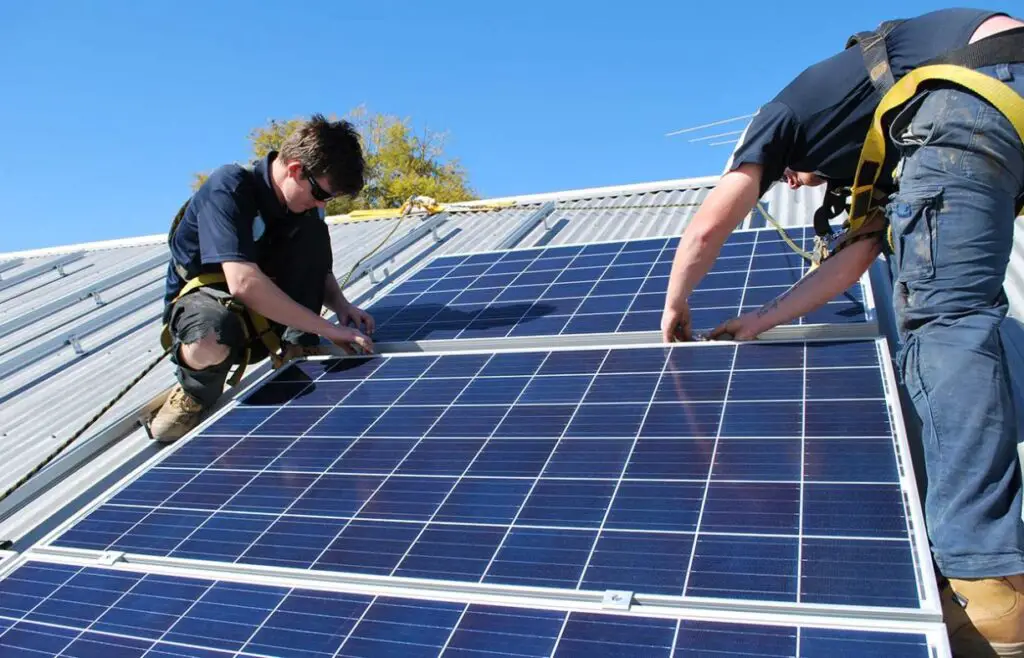
Is 2KW solar enough for home?
Thus, the 2KW solar system is ideal for households who consume 240 units or fewer each month!
The first step in assessing a 2KW solar system is to calculate your household’s average daily energy needs. Your electricity bills or monitoring equipment can provide this data. Depending on sunlight, a 2KW system can generate 8–10 kWh per day. If your daily energy demand exceeds the solar system’s output, you may need a larger system or minimize your energy use.
Solar panel efficiency depends on sunshine. A 2KW solar system will generate more electricity in sunny regions. In a sunny region, a 2KW solar system may be enough to satisfy most of your energy needs. However, regions with fewer sunny days may require a larger system to compensate for reduced solar generation.
Solar system size depends on rooftop space. Depending on panel type and performance, a 2KW solar system requires 120-160 square feet of roof area. If your rooftop is small, a 2KW system may maximize solar energy generation without overloading it.
How many solar panels are required to power a house?
How many solar panels does it take to power a house? Based on average electricity consumption and peak sun hours, it takes around 17 400-Watt solar panels to power a home. However, this number will vary between 13-19 based on how much sun the panels get and how much electricity the home uses.
The first step in calculating the number of solar panels required is to analyze your household’s average daily energy consumption. This information can be obtained from your electricity bills or through monitoring devices. The unit of energy consumption is usually measured in kilowatt-hours (kWh) per day. By knowing your daily energy consumption, you can estimate the solar system size needed to offset this energy usage.
Solar panel efficiency is a critical factor in determining the number of panels needed. Higher-efficiency panels can convert a greater percentage of sunlight into electricity, requiring fewer panels to generate the same amount of energy. Conversely, lower-efficiency panels may necessitate a larger installation to achieve the desired energy output.
The amount of sunlight your location receives is essential in calculating the energy generation potential of solar panels. Regions with more sunlight hours will generate more electricity, allowing you to install fewer panels to meet your energy needs. Conversely, regions with limited sunlight may require a larger solar panel array to compensate for the reduced solar energy production.
Solar panels come in various wattage capacities, typically ranging from 250 to 400 watts per panel. The wattage rating indicates the maximum power output of the panel under optimal conditions. By knowing the wattage of the panels you intend to install, you can calculate how many panels are needed to achieve your desired energy production.
Do solar panels work at night?
The short answer is: no, solar energy systems only operate during the day. This is because the power from the sun is key to how a solar panel turns light into electricity.
Solar panels are made up of multiple solar cells, typically composed of silicon. When sunlight strikes these cells, photons (particles of light) excite the electrons within the silicon atoms. This process generates an electrical current, which is then captured and converted into usable electricity. Therefore, the fundamental requirement for solar panel operation is sunlight.
During the night, the Earth’s position relative to the sun results in the absence of direct sunlight. As a consequence, solar panels do not receive the necessary photons to stimulate the electrons in the solar cells, leading to the cessation of electricity generation.
While solar panels are inactive at night, homes and businesses still require electricity during these hours. To address this, most properties remain connected to the traditional electrical grid. When solar panels are installed, they are usually integrated into the grid-connected system, allowing for a seamless transition between solar-generated electricity during the day and grid-provided electricity at night.
Another option for utilizing solar energy during nighttime is to incorporate battery storage systems. During daylight hours when solar panels are active, excess electricity can be stored in batteries for use when the panels are not generating electricity, such as at night or during cloudy periods. These batteries release the stored energy, enabling homeowners to draw on solar power even when sunlight is unavailable.
Do solar panels work in rain?
Solar panels will still work even when the light is reflected or partially blocked by clouds. Rain actually helps to keep your panels operating efficiently by washing away any dust or dirt.
Interestingly, rain can have a positive effect on solar panel efficiency in certain circumstances. Rainwater can wash away dust, dirt, and debris that may have accumulated on the panel’s surface over time. Cleaner panels allow more sunlight to reach the solar cells, potentially offsetting the minor drop in efficiency during the rain.
During overcast or rainy days, solar panels can still generate electricity due to what is known as diffuse light. Diffuse light refers to sunlight that scatters in the atmosphere and reaches the ground from various directions. Solar panels can capture this scattered light and convert it into electricity, albeit at a lower rate than direct sunlight.
Some solar panels are equipped with hydrophobic coatings, which repel water and reduce the adhesion of raindrops on the panel’s surface. This helps rainwater slide off more easily, minimizing the amount of water that remains on the panels during and after rain showers.
While solar panels may experience a temporary decrease in efficiency during rain, their long-term performance remains unaffected. Manufacturers rigorously test panels to ensure their durability and ability to withstand various weather conditions, including rain, hail, and snow.
Do solar panels need cleaning?
Always watch out for dirt on the solar panels to make sure it doesn’t build up since they can absorb sunlight better when they are free of dirt. Many people question, do solar panels need cleaning? – the answer is yes. Depending on the type of panel you have, you might be weekly or monthly in cleaning solar panels.
Dirt and debris on panels can block sunlight from reaching solar cells. This lowers solar panels’ ability to convert sunlight into electricity, reducing energy production.
Cleaning your solar panels maximizes their electrical output. You can save more on your power costs or earn money through net metering if you produce excess energy to feed back into the grid.
Clean and maintain your solar panels to increase their lifespan. Clean panels are less prone to have hotspots, corrosion, or electrical difficulties from dirt and debris.
In locations with low rainfall or dust, rain may not be enough to clean the panels. Rainwater may leave mineral deposits or streaks on panel glass, lowering efficiency over time.
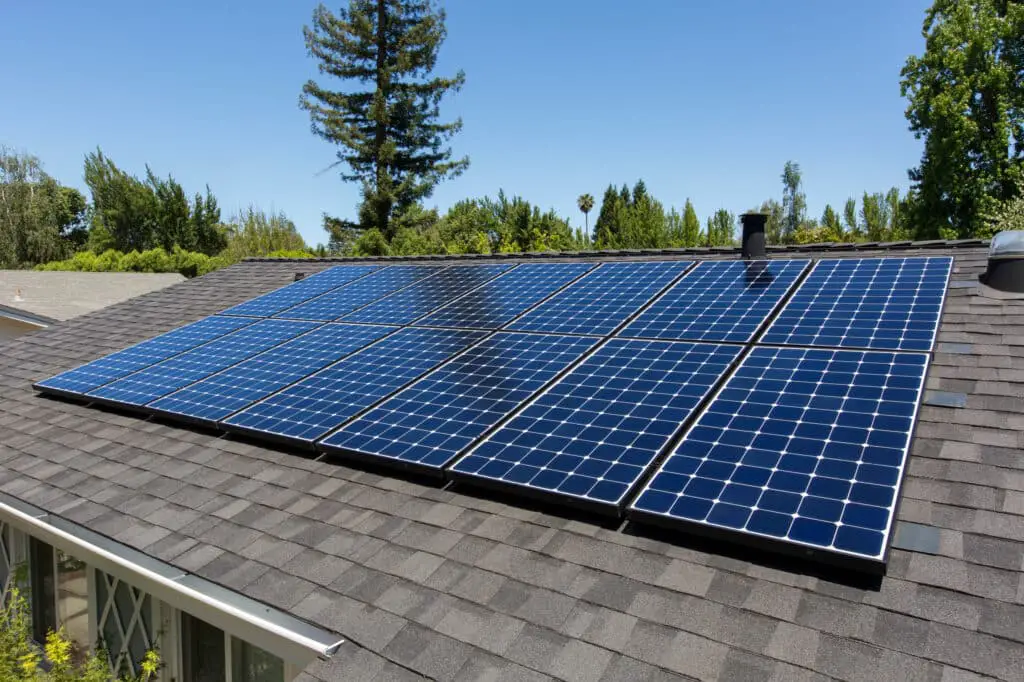
Can you walk on solar panels?
So, can you walk on solar panels? In short, yes. However, while walking on solar panels is possible and safe for you and the panels, it is not always recommended.
Walking on solar panels can cause glass breaks and decrease performance.
Solar panels generate electricity in sunshine. Walking on the panels can cause electrical shocks or electrocution if exposed electrical components are touched. Avoid this at all costs as a safety risk.
Most solar panel warranties exclude damage from stepping on the panels or other improper handling. Walking on the panels could void the warranty, leaving you to pay for repairs or replacement.
Solar panel cleaning and maintenance require safety precautions. Avoid touching the panels when cleaning them with soft brushes, sponges, or a moderate spray of ground water.
For more extensive maintenance or repairs, it is best to hire a professional solar panel maintenance service. They have the expertise and equipment to safely access and work on solar panels without causing damage.
Can we wash solar panels daily?
Since bird droppings or soot from nearby factories stick to the panels and rainwater can’t take wash away. To make sure that you take good care of your solar panels, wash them regularly. Washing is the better option of removing such dirt from your panels.
Solar panels can accumulate dirt, dust, and debris over time, which can reduce their efficiency in converting sunlight into electricity. However, the amount of dirt that accumulates daily is usually minimal and may not significantly impact the panels’ performance. Cleaning solar panels too frequently might not yield a substantial increase in energy production.
Cleaning solar panels daily can result in excessive water usage, especially in areas with limited water resources or during dry seasons. Conserving water is crucial for sustainability, and unnecessary daily cleaning can lead to wastage.
Cleaning solar panels too frequently can increase the risk of accidental damage, especially if abrasive materials or high-pressure washers are used. Rough handling or excessive scrubbing could scratch the glass surface or damage protective coatings, leading to long-term negative effects on panel performance.
Daily cleaning of solar panels requires a significant investment of time and effort, which may not be practical or feasible for most homeowners. A more reasonable cleaning schedule can be established to ensure efficient energy production without excessive maintenance.
Can I touch my solar panels?
Yes, it’s safe to touch a solar panel, because the surface of the solar panel is an aluminum frame and tempered glass. In the case of a damaged or broken solar panel, touching it is dangerous.
Before touching solar panels, ensure that you have taken appropriate safety precautions. If your solar panels are installed on your rooftop, it is generally safer to avoid walking on the roof to reach the panels. Walking on the roof can be hazardous, especially if it is steep or slippery. Instead, use a secure ladder or hire a professional solar panel maintenance service to access and inspect the panels safely.
In most cases, you do not need to touch your solar panels regularly. Solar panels are low-maintenance and designed to require minimal intervention. They are built to withstand rain, snow, hail, and other weather conditions without the need for constant maintenance or cleaning.
If you notice a significant decrease in energy production or see visible dirt or debris buildup on the panels, you may consider cleaning them. Cleaning solar panels should be done with soft brushes, sponges, or a gentle stream of water. Avoid using abrasive materials or high-pressure washers, as they can scratch the glass surface and damage protective coatings.
For more extensive maintenance or repairs, it is advisable to hire a professional solar panel maintenance service. They have the expertise and equipment to safely access and work on solar panels without causing damage.
Most modern solar panel systems come with monitoring capabilities that allow you to track the performance of your panels remotely. By regularly monitoring the energy output, you can identify any potential issues without physically touching the panels.
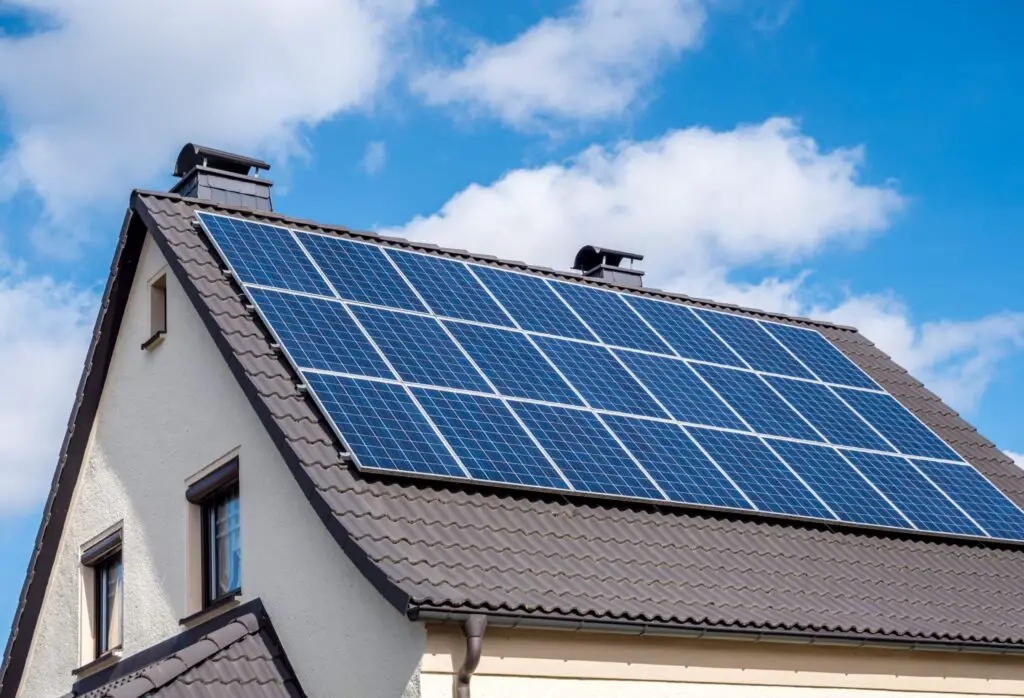
Conclusion
Understanding that each home is unique, we emphasized the importance of conducting a thorough energy consumption analysis to gauge your specific electricity needs accurately. By considering factors like the size of your home, the number of occupants, and your typical energy usage patterns, you can paint a clearer picture of the solar capacity required to meet your requirements.
Moreover, the geographical location and orientation of your property play pivotal roles in maximizing solar energy generation. Embracing solar panels that capture the most sunlight hours and optimizing their placement can significantly impact the efficiency of your solar system, enabling you to harness the full potential of the sun’s power. These incentives, coupled with potential tax credits and rebates, make the prospect of transitioning to solar panels an economically sensible and environmentally responsible choice.
To further enhance the benefits of your solar installation, exploring the integration of battery storage systems can ensure a stable and uninterrupted energy supply, even during cloudy days or power outages. Battery technology has evolved, offering homeowners the opportunity to store excess energy generated during peak sunlight hours and utilize it during periods of low solar output, ultimately increasing your energy independence. Furthermore, familiarizing yourself with net metering programs and available incentives can substantially reduce the upfront costs of going solar and accelerate the return on your investment.



